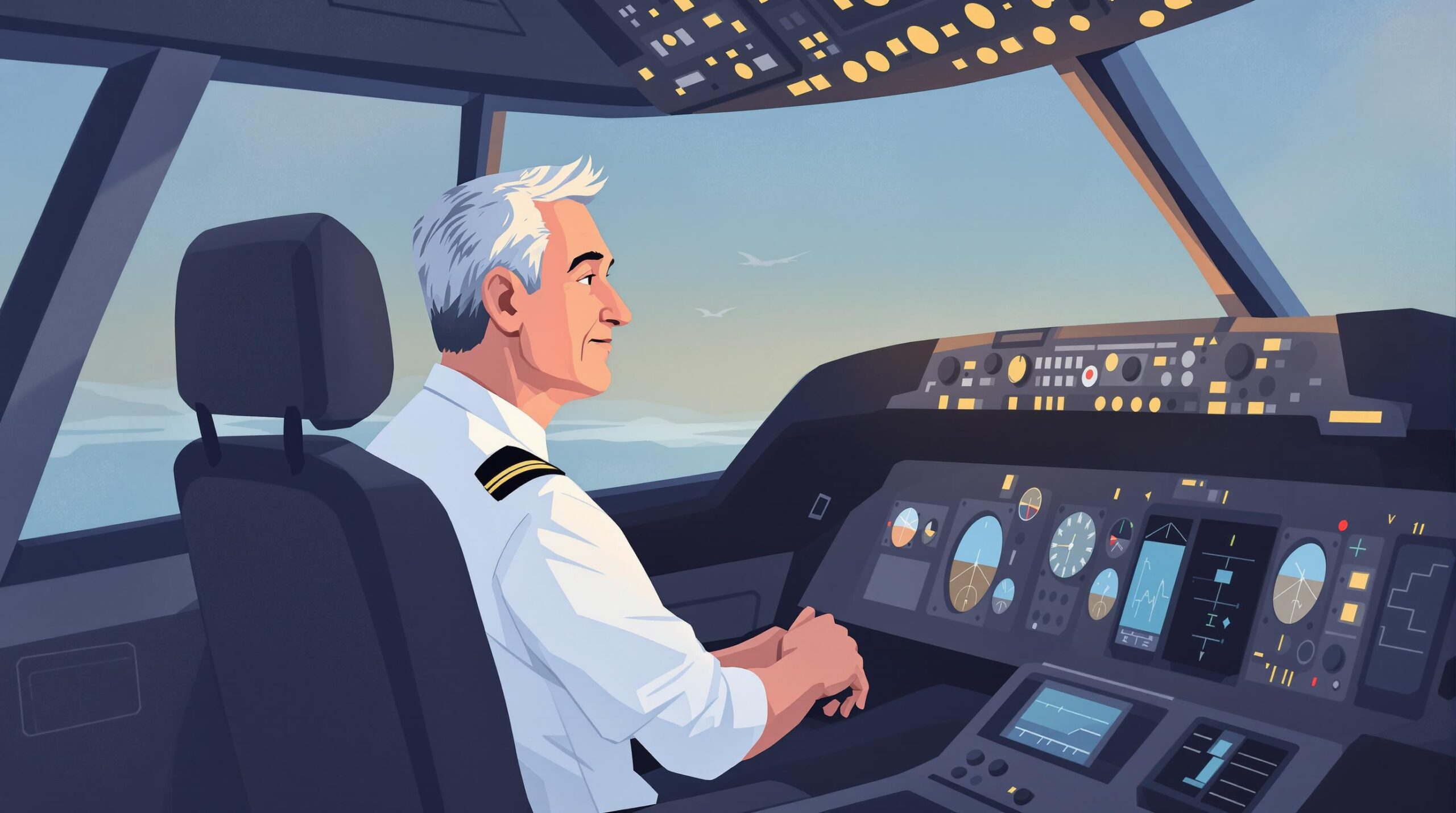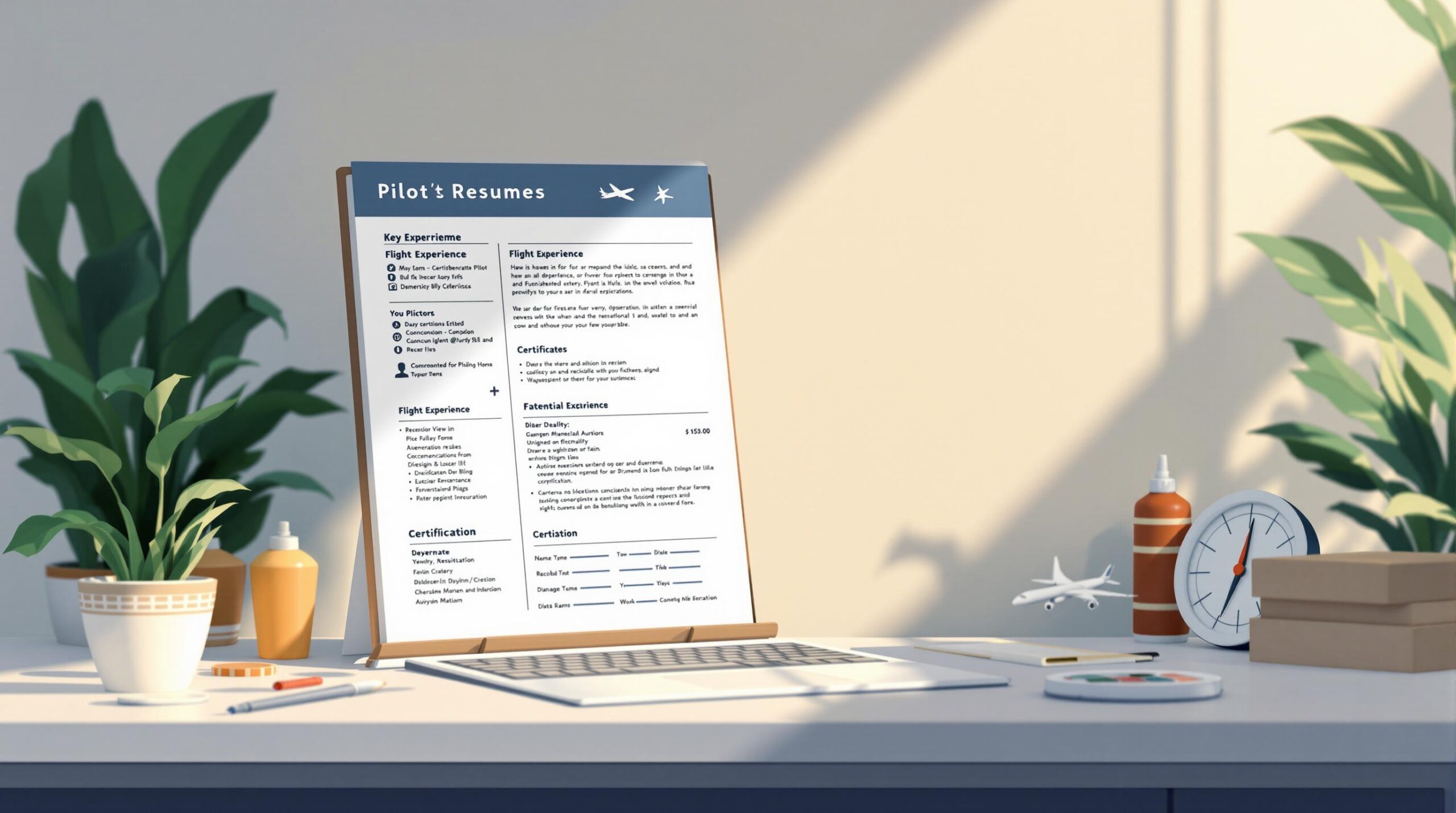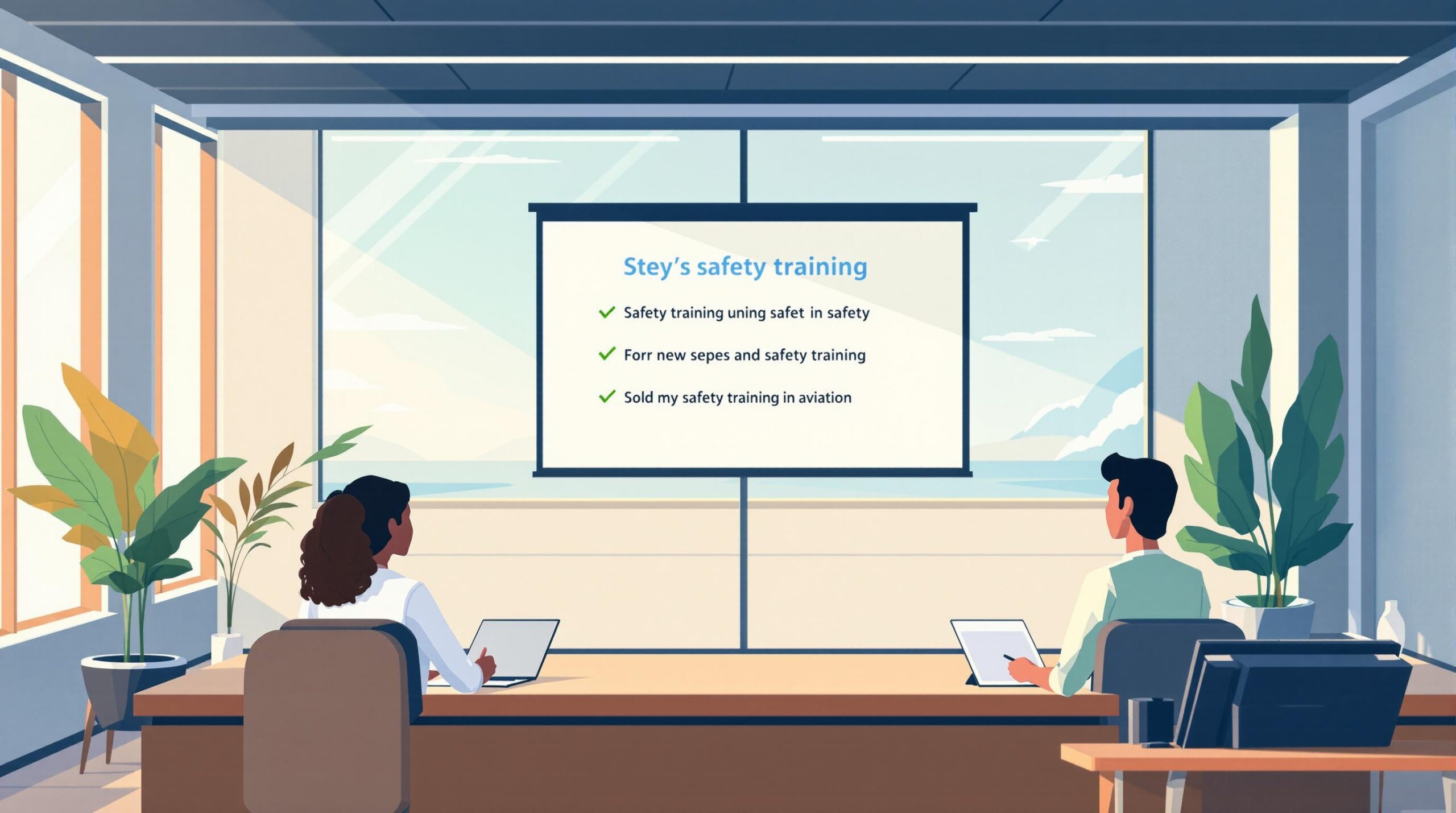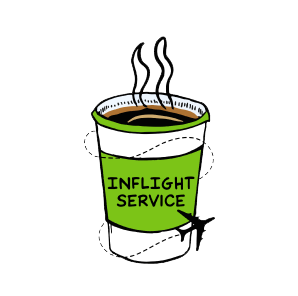Pilots face immense pressure to make fast, accurate decisions that directly impact flight safety. Whether it’s managing information overload, handling emergencies, or transitioning to the Captain role, decision-making is a critical skill in aviation. Here’s what you need to know:
- Key Challenges: Pilots must process complex data, act under time pressure, and manage stress effectively.
- Solutions: Simulation training, Crew Resource Management (CRM), and mental resilience techniques help pilots improve their decision-making.
- Captain Transition: Moving from First Officer to Captain requires mastering leadership, technical expertise, and stress management.
These skills ensure pilots can handle high-stakes situations with confidence while prioritizing safety. Read on to explore the tools and strategies that support better decision-making in aviation.
DODAR & FORDEC: Professional Pilot Decision-Making Tools
Common Challenges in Pilot Decision-Making
Moving from First Officer to Captain comes with its own set of decision-making hurdles. These challenges often become more apparent when dealing with high-pressure, complex situations.
Managing Information Overload
Modern cockpits are packed with data from various sources, including onboard systems, crew communications, and air traffic control. Pilots must process this information quickly and accurately, which demands sharp focus and the ability to filter out irrelevant details.
To handle this, pilots rely on standardized operating procedures (SOPs) and tools like electronic flight bags (EFBs). EFBs help organize and prioritize critical information, ensuring pilots stay aware of their surroundings. The ability to sift through and prioritize data becomes even more crucial when time is limited and decisions need to be made fast [1].
Making Decisions Under Time Pressure
Emergencies or rapidly changing conditions often leave little time for deliberation. Pilots must act swiftly while maintaining accuracy, even when they don’t have all the information they’d like [1][3].
To aid in this, airlines use structured decision-making frameworks. These guide pilots through assessing situations, evaluating options, taking action, and monitoring outcomes. Such frameworks ensure decisions are both consistent and effective across different scenarios.
Handling Stress and Psychological Pressure
The mental demands of piloting, especially when stepping into a Captain’s role, can be intense. While moderate stress can improve focus, too much stress can disrupt decision-making [4].
Pilots use several strategies to manage stress, such as mindfulness techniques to stay mentally clear, deep breathing exercises to ease acute tension, and simulation training to build confidence. Regular exposure to varied scenarios helps pilots develop the mental tools they need to make sound decisions under pressure [2][3].
Ways to Improve Decision-Making Skills
Training and Simulations
Simulation-based training is a key tool for helping pilots transition into Captain roles. These simulations provide a safe space to practice decision-making, allowing pilots to sharpen their skills without facing real-world risks. Training programs combine technical knowledge – like mastering aircraft systems and procedures – with essential non-technical skills, such as situational awareness and problem-solving. According to EASA guidelines, Captains must log between 3,000 and 5,000 flight hours [5], during which they engage in scenario-based training to continually hone their decision-making abilities.
While simulations focus on improving individual skills, teamwork is equally critical, especially when facing real-life challenges in the cockpit.
Crew Resource Management (CRM)
Effective Crew Resource Management (CRM) is vital for making sound decisions in the cockpit. Open communication among crew members ensures that all viewpoints are heard, leading to better outcomes. CRM practices include standardized communication protocols, pre-flight briefings, and thorough cross-checking procedures.
While teamwork is crucial, individual pilots also need to maintain their composure and judgment under pressure.
Building Mental Resilience
Mental resilience helps pilots stay calm and focused during high-stress situations, complementing the teamwork fostered by CRM. Techniques like mindfulness and stress reduction improve clarity during challenging moments. Pilots can also strengthen their mental toughness by engaging with peer and professional support systems and participating in post-flight debriefs to reflect on and refine their decision-making.
Airlines are increasingly adding mental resilience training to their programs, ensuring pilots are equipped not just with technical expertise but also the psychological tools needed to make sound decisions under pressure. This balanced approach prepares pilots for the complex demands of their roles.
sbb-itb-de05b1b
Tools and Resources for Decision-Making Improvement
Simulation-Based Learning Tools
Modern simulation technology offers pilots a way to sharpen their decision-making skills in a controlled environment. These advanced simulators recreate realistic and challenging flight scenarios, from severe weather conditions to equipment failures. By practicing in these virtual settings, pilots can tackle rare and high-stakes situations without the risks of actual flight, building both confidence and quick-thinking abilities.
While simulations focus on in-flight scenarios, there are also tools like Pilot Pathfinder that address career-related challenges, which can indirectly affect a pilot’s performance and focus.
Pilot Pathfinder: Helping with Career Changes
Pilot Pathfinder eases the process of career transitions by automating tasks like applications and integrating logbook data. It also provides interview preparation tools, cutting down on administrative work so pilots can concentrate on improving their skills and progressing in their careers. For example, the platform helps pilots monitor their progress toward meeting EASA-required flight hours for Captain roles [5], while its interview resources help them clearly share their decision-making experiences during hiring processes.
Conclusion: Building Stronger Decision-Making Skills
Climbing the ranks from First Officer to Captain demands a strong focus on improving decision-making skills. While technical expertise is essential, making clear and effective choices under pressure is at the heart of aviation safety and leadership.
Modern aviation relies heavily on professional development tools to sharpen these skills. Simulations allow pilots to practice high-stakes scenarios in a controlled environment. These exercises not only build confidence but also help pilots navigate complex situations by offering valuable feedback and insights.
A mix of mental resilience and technical knowledge is key to making good decisions. Strengthening both psychological readiness and operational skills ensures pilots can think clearly during tough moments. Training programs that include stress management and scenario-based exercises help pilots stay composed and focused when it matters most.
Crew resource management plays a big role in decision-making by encouraging open communication and teamwork. This collaborative approach brings in diverse perspectives, making critical decisions more balanced while reducing the mental burden on any single team member.
To meet the ever-changing demands of aviation, pilots must keep honing their decision-making abilities. Regular training, continuous learning, and hands-on experience are essential for handling both everyday tasks and unexpected challenges. These elements together prepare pilots to adapt and excel in a fast-evolving industry.
As pilots move into Captain roles, they take on greater responsibility and face tougher decision-making scenarios. With structured training, advanced tools, and a focus on mental strength, they can confidently lead while prioritizing safety and operational success. Strong aviation leadership combines careful risk assessment with decisive action, ensuring every decision contributes to a safe and effective outcome.
FAQs
How can a first officer show leadership?
First Officers can show leadership by supporting decision-making, staying sharp with technical skills, and encouraging teamwork. Here’s how they can make an impact:
Active Decision Support
- Contribute to flight planning and assess risks effectively.
- Keep an eye on systems and communicate any concerns clearly.
- Handle routine tasks independently to ease the workload.
Technical Expertise
- Stay well-versed in aircraft systems and their functions.
- Keep up-to-date with operational procedures and regulations.
- Show confidence and skill when managing challenging situations.
Crew Collaboration
- Encourage open communication with all crew members.
- Build teamwork during both routine operations and emergencies.
- Professionally share observations and address concerns when needed.
Professional Growth
First Officers should aim to enhance their technical skills, gain diverse operational experience, and work toward earning their ATPL. This phase is crucial for developing leadership abilities and preparing for future Captain responsibilities.
Tools like Pilot Pathfinder can help streamline career transitions, offering support with tasks like interview preparation and administrative work. This allows pilots to focus on honing their skills and leadership potential.




